The countries with nuclear weapons
IAEA meets in Vienna amid mounting nuclear tension over Iran
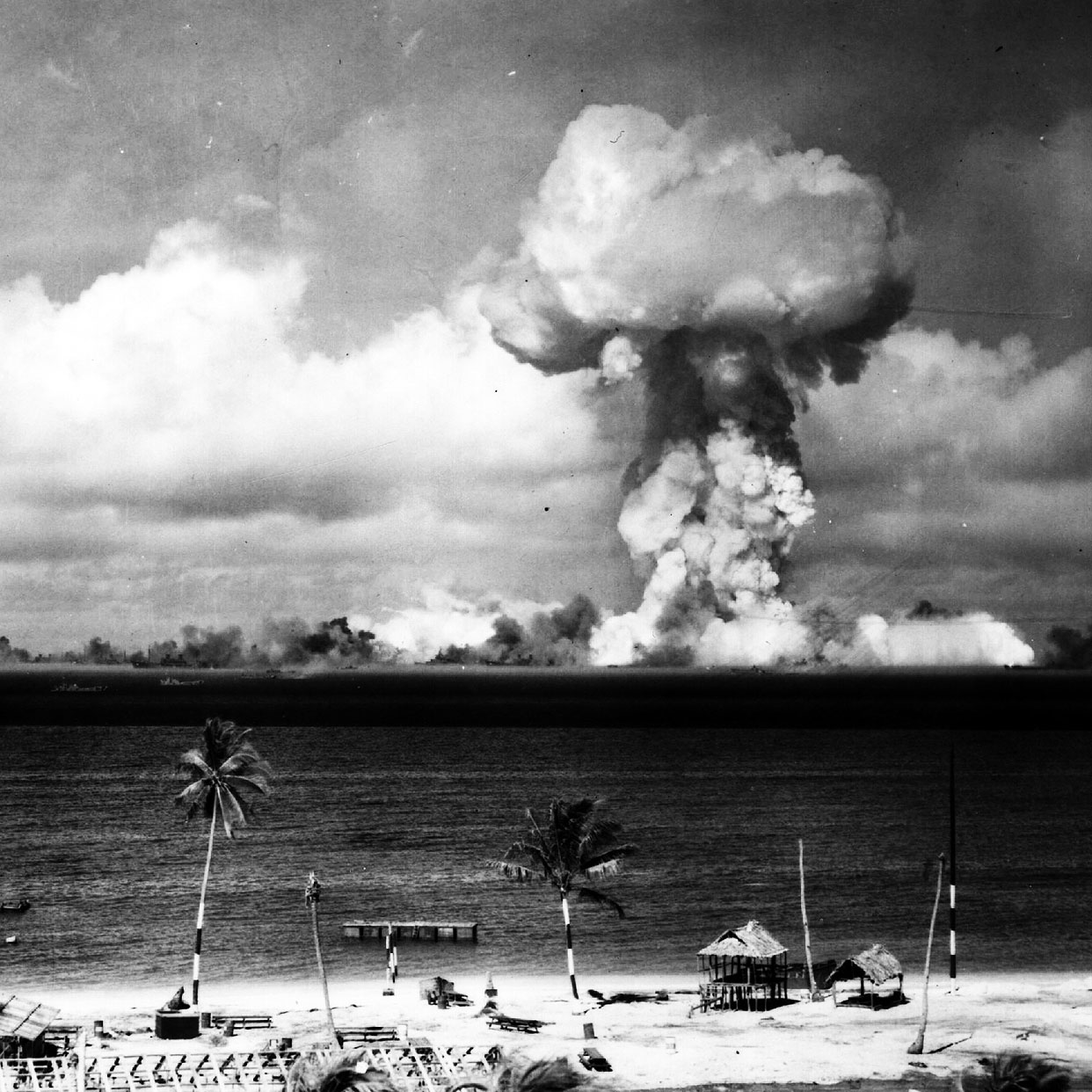
Growing fears about nuclear proliferation across the globe is the backdrop to the 63rd annual meeting of the General Conference of the International Atomic Energy Agency (IAEA), which began on Monday in Vienna.
The United Nations watchdog, which was established in 1957, describes itself as the “world’s centre for cooperation in the nuclear field” and seeks “to promote the safe, secure and peaceful use of nuclear technologies”.
One of the body’s main aims is to inhibit the use of nuclear power for any military purpose, including the proliferation of nuclear weapons. But the meeting, at the organisation’s headquarters in the Austrian capital, comes just a week after the IAEA confirmed that Iran is currently preparing to construct and use more advanced centrifuges.
The Week
Escape your echo chamber. Get the facts behind the news, plus analysis from multiple perspectives.

Sign up for The Week's Free Newsletters
From our morning news briefing to a weekly Good News Newsletter, get the best of The Week delivered directly to your inbox.
From our morning news briefing to a weekly Good News Newsletter, get the best of The Week delivered directly to your inbox.
As PBS notes, this is “another breach of limits set in the country’s unraveling nuclear deal with major powers”. And with tensions between Tehran and its historic enemy Saudi Arabia reaching boiling point over the weekend, nuclear experts have expressed concern over the quickly escalating situation in the Middle East.
The IAEA’s Board of Governors confirmed that the agenda this week will include discussions on “strengthening the effectiveness of safeguards implementation” amid what acting director general Cornel Feruta claims are “not normal times for the Agency”.
“At this General Conference, we need to show renewed commitment to the peaceful, safe and secure use of nuclear technology around the world,” he added.
Here are the nine countries currently known to have nuclear weapons.
A free daily email with the biggest news stories of the day – and the best features from TheWeek.com
Number of missiles: 6,450
Year first tested: 1949 (as Soviet Union)
With over 6,000 missiles declared to the IAEA, Russia leads the way when it comes to nuclear stockpiles. However, from a historic perspective, this is a relatively low number. By the time its predecessor the Soviet Union had collapsed in 1990, it was understood to have a stockpile of at least 45,000 weapons.
Russia is also known for pushing the envelope when it comes to nuclear weapons. In October 1961 Moscow tested the Tsar Bomba, which remains the largest and most powerful weapon ever detonated with a yield of around 58 megatons of TNT. And last week the Kremlin announced the creation of the so-called “Burevestnik” missile, a low-flying stealth cruise missile incapable of interception by existing Western air defences and delivering nuclear warheads anywhere around the globe, the Daily Express says.
United States
Number of missiles: 6,185
Year first tested: 1945
The fathers of the atomic bomb, the US military commenced nuclear tests in July 1945, just one month before two nuclear weapons were used to obliterate the Japanese cities of Nagasaki and Hiroshima and bring the Second World War to a close.
With the USSR and US nuclear programmes going head-to-head during the Cold War, Washington had a similarly oversized arsenal of weapons until the 1990s. Currently, the US has around 1,400 strategic warheads on several hundred bombers and missiles dispersed across the globe.
France
Number of missiles: 300
Year first tested: 1960
France was the fourth country to test a nuclear weapon, beginning in 1960 under the government of President Charles de Gaulle.
Today, The National Interest notes, the country retains a “sea-based nuclear deterrent”, which acts as the home of most of its nuclear arsenal, with “four nuclear-powered ballistic missile submarines, of French design and construction, providing constant assurance against surprise nuclear attack”.
China
Number of missiles: 290
Year first tested: 1964
One of the world’s great superpowers, China possesses a fleet of nuclear weapons. But its size and effectiveness are somewhat surprising.
It currently has around 290 nuclear warheads but none of them is connected to a delivery system and none of them is carried on a ship or plane designed to deploy them.
As Business Insider notes: “China relies on a growing and modernizing conventional military to assert its will on other countries and virtually never mentions its nuclear arsenal.”
United Kingdom
Number of missiles: 200
Year first tested: 1952
First launched in 1952, the UK’s arsenal consists of around 120 strategic warheads, “of which no more than 40 are deployed at sea on a nuclear ballistic missile submarine at any given time”, the Arms Control Association says, with a total stockpile estimated at around 200 warheads.
However, the UK’s nuclear weapons - known as Trident since the 1980s - is one of the more controversial programmes of its type around the world and almost certainly the one with the most public resistance.
Both the Labour Party under Jeremy Corbyn and the Scottish National Party under Nicola Sturgeon have pledged to dismantle the Trident programme if elected, with the latter claiming in April this year: “The biggest threats we face won’t be deterred by new nuclear weapons. Security threats like terrorism, cyber-attacks and climate change are not addressed by Trident.”
Number of missiles: 160
Year first tested: 1998
Pakistan’s decision to join the list of nine nuclear nations was perhaps the most chaotic, sparking a major diplomatic crisis between Islamabad and neighbouring India.
For decades prior to the testing of Pakistan’s Chagai-I bomb in 1998, India had been the only power in Southeast Asia with nuclear weapons, and a provocative nuclear test by Delhi near the Pakistan border prompted Pakistan’s then PM, Nawaz Sharif, to begin testing the country’s nuclear weapons capabilities.
The ensuing stand-off put the two countries on the brink of all-out nuclear war by 2001, something which was only averted by a 2003 ceasefire.
India
Number of missiles: 140
Year first tested: 1974
Jawaharlal Nehru, India’s first prime minister who is often cited as the father of the country, had floated the idea of nuclear deterrence as early as the 1940s. But it wasn’t until the Sino-Indian war in 1962 that Delhi officially launched a nuclear programme to protect it from what it saw as Chinese aggression. Its first successful nuclear bomb test took place in 1974.
Despite renewed hostilities with Pakistan over the ongoing conflict in Kashmir, India has not tested a nuclear bomb since the stand-off with Islamabad in 1998.
Like Pakistan, India is not a signatory of the Nuclear Non-Proliferation Treaty (NPT).
Number of missiles: approx. 90
Year first tested: Unknown
Israel’s nuclear programme is something of a mystery. The government is notoriously secretive on military matters and continues to implement a long-held policy known as “deliberate ambiguity” wherein it refuses to declare whether or not it possesses nuclear weapons. The New York Times reports that Israel’s policy goes by the Hebrew word “amimut” meaning “vagueness, opacity or ambiguity”, with the paper describing it as “a turbo-charged version of ‘don’t ask, don’t tell’”.
Despite this, experts widely agree that Israel is in possession of nuclear weapons based on reconnaissance by foreign nations, although there is currently no evidence that Israel has ever carried out a nuclear test.
Number of missiles: approx. 30
Year first tested: 2006
The most notorious nuclear nation of them all, North Korea has been a thorn in the side of nuclear watchdogs the world over for decades.
Having withdrawn from the NPT in January 2003, it has since constructed an illegal nuclear weapons industry and has conducted six increasingly sophisticated nuclear tests since 2006. It has, for the most part, attempted to keep its weapons programme a secret from international observers, although satellite photos have revealed test facilities around the country.
Under Kim Jong Un’s leadership, which began in 2011, the country has detonated weapons in February 2013, January and September 2016, and sporadically throughout 2017. In August and September 2017, Pyongyang sparked a major international crisis when it fired a series of missiles over Japan in a show of military might, culminating in a historic 2018 denuclearisation summit between Kim, US President Donald Trump and South Korean PM Moon Jae-in.
-
 Political cartoons for December 13
Political cartoons for December 13Cartoons Saturday's political cartoons include saving healthcare, the affordability crisis, and more
-
 Farage’s £9m windfall: will it smooth his path to power?
Farage’s £9m windfall: will it smooth his path to power?In Depth The record donation has come amidst rumours of collaboration with the Conservatives and allegations of racism in Farage's school days
-
 The issue dividing Israel: ultra-Orthodox draft dodgers
The issue dividing Israel: ultra-Orthodox draft dodgersIn the Spotlight A new bill has solidified the community’s ‘draft evasion’ stance, with this issue becoming the country’s ‘greatest internal security threat’
-
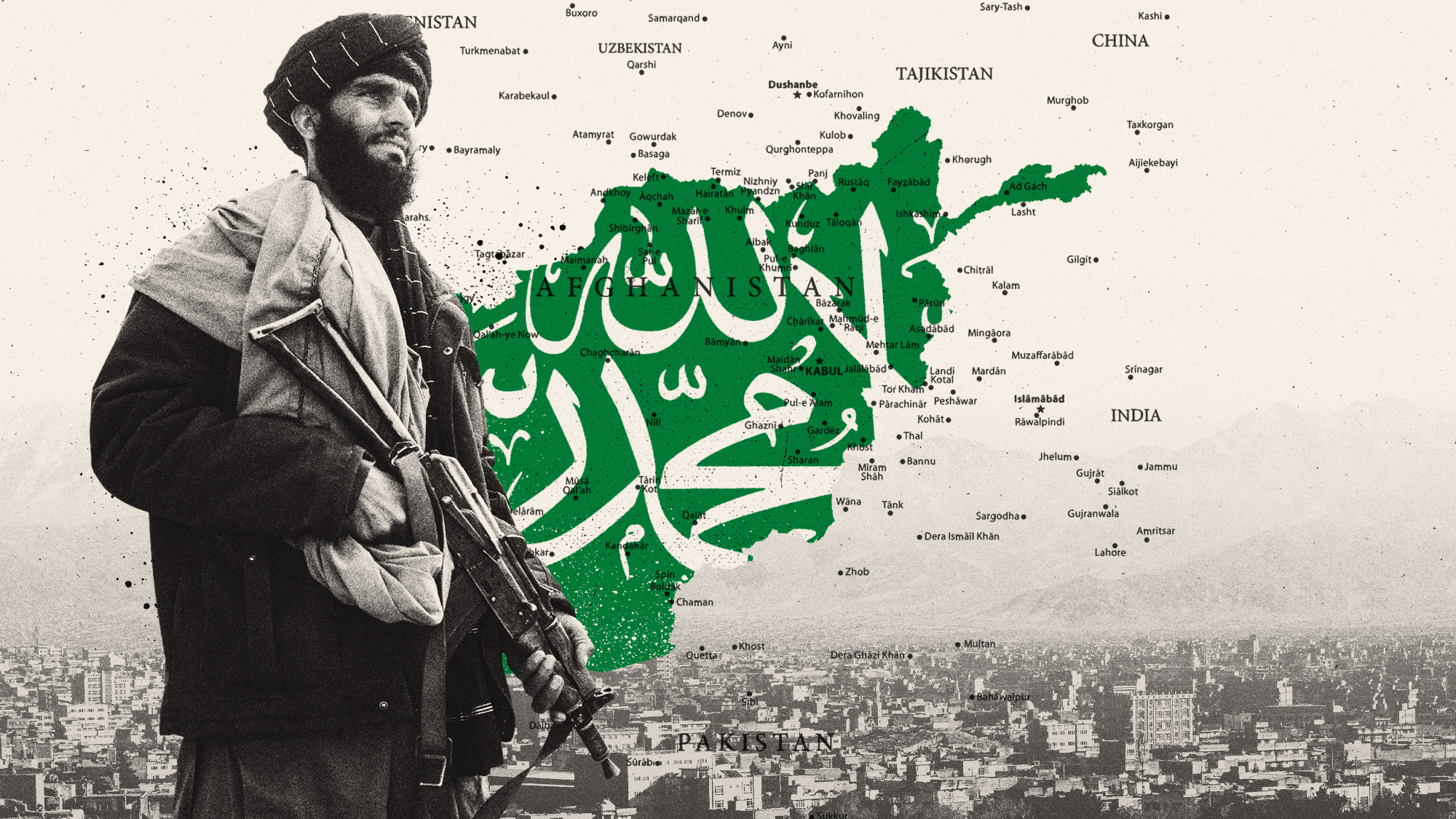 Normalising relations with the Taliban in Afghanistan
Normalising relations with the Taliban in AfghanistanThe Explainer The regime is coming in from the diplomatic cold, as countries lose hope of armed opposition and seek cooperation on counterterrorism, counter-narcotics and deportation of immigrants
-
 Pakistan: Trump’s ‘favourite field marshal’ takes charge
Pakistan: Trump’s ‘favourite field marshal’ takes chargeIn the Spotlight Asim Munir’s control over all three branches of Pakistan’s military gives him ‘sweeping powers’ – and almost unlimited freedom to use them
-
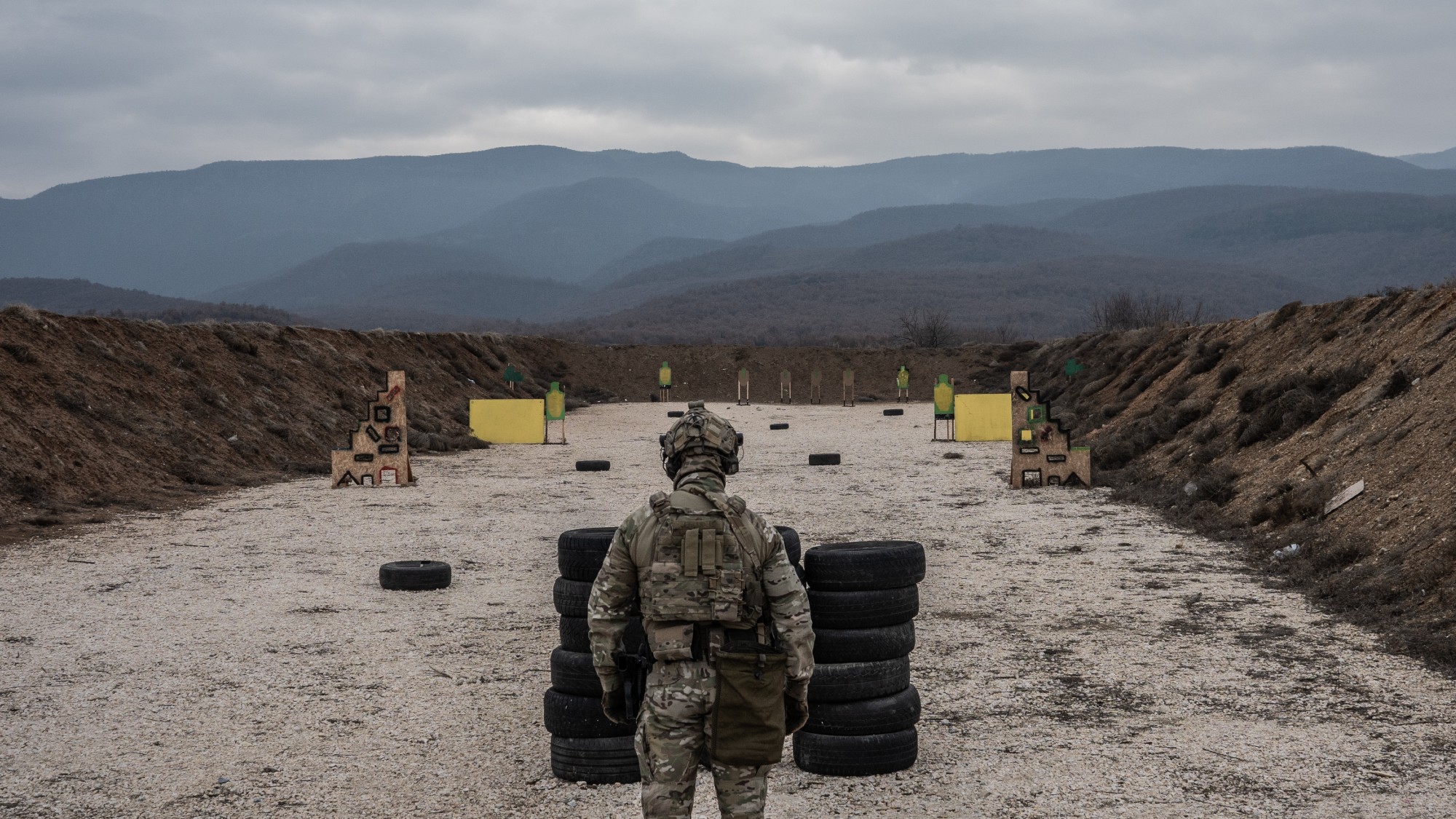 Is Europe finally taking the war to Russia?
Is Europe finally taking the war to Russia?Today's Big Question As Moscow’s drone buzzes and cyberattacks increase, European leaders are taking a more openly aggressive stance
-
 Femicide: Italy’s newest crime
Femicide: Italy’s newest crimeThe Explainer Landmark law to criminalise murder of a woman as an ‘act of hatred’ or ‘subjugation’ but critics say Italy is still deeply patriarchal
-
 Brazil’s Bolsonaro behind bars after appeals run out
Brazil’s Bolsonaro behind bars after appeals run outSpeed Read He will serve 27 years in prison
-
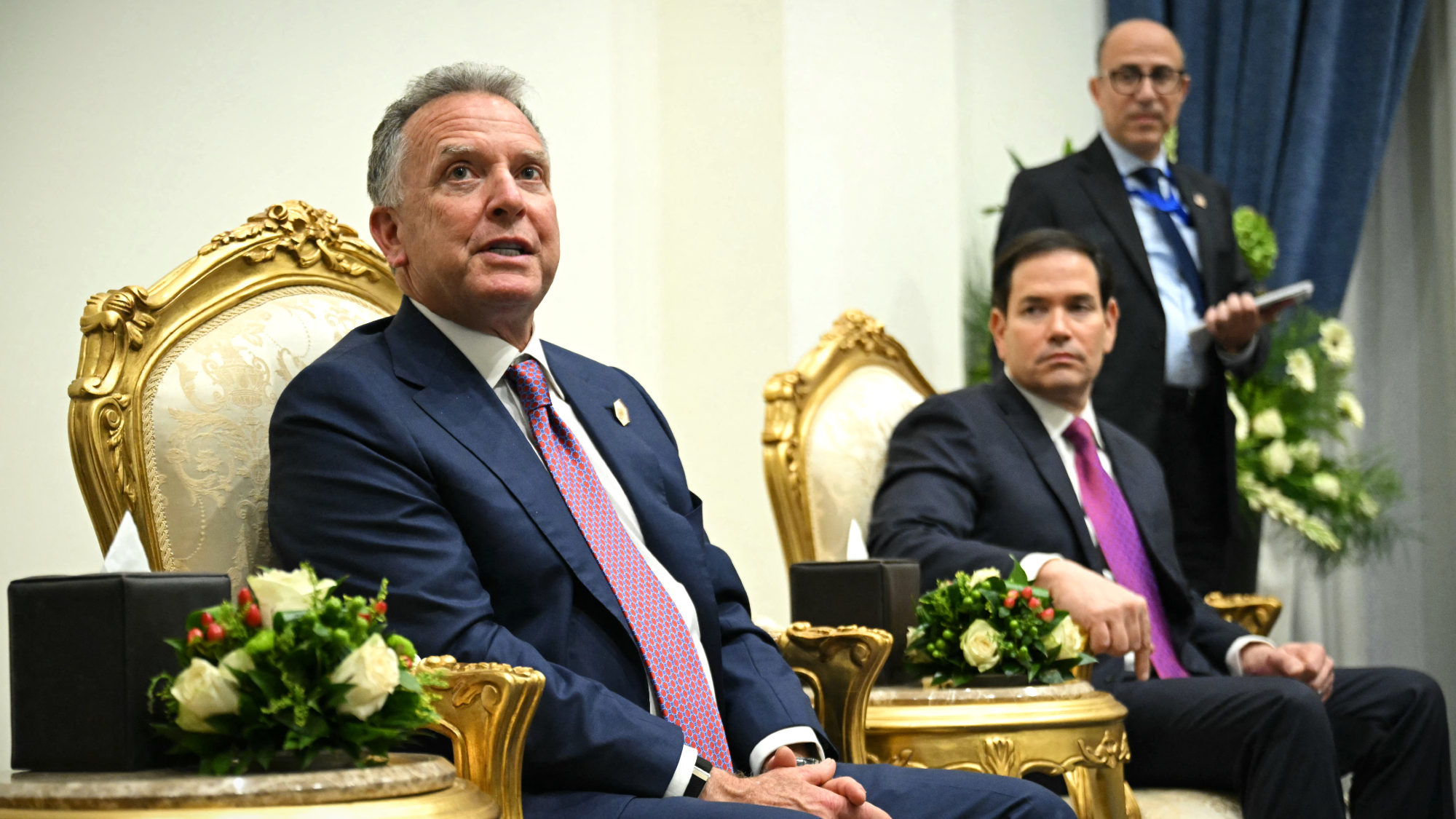 Trump pushes new Ukraine peace plan
Trump pushes new Ukraine peace planSpeed Read It involves a 28-point plan to end the war
-
 Americans traveling abroad face renewed criticism in the Trump era
Americans traveling abroad face renewed criticism in the Trump eraThe Explainer Some of Trump’s behavior has Americans being questioned
-
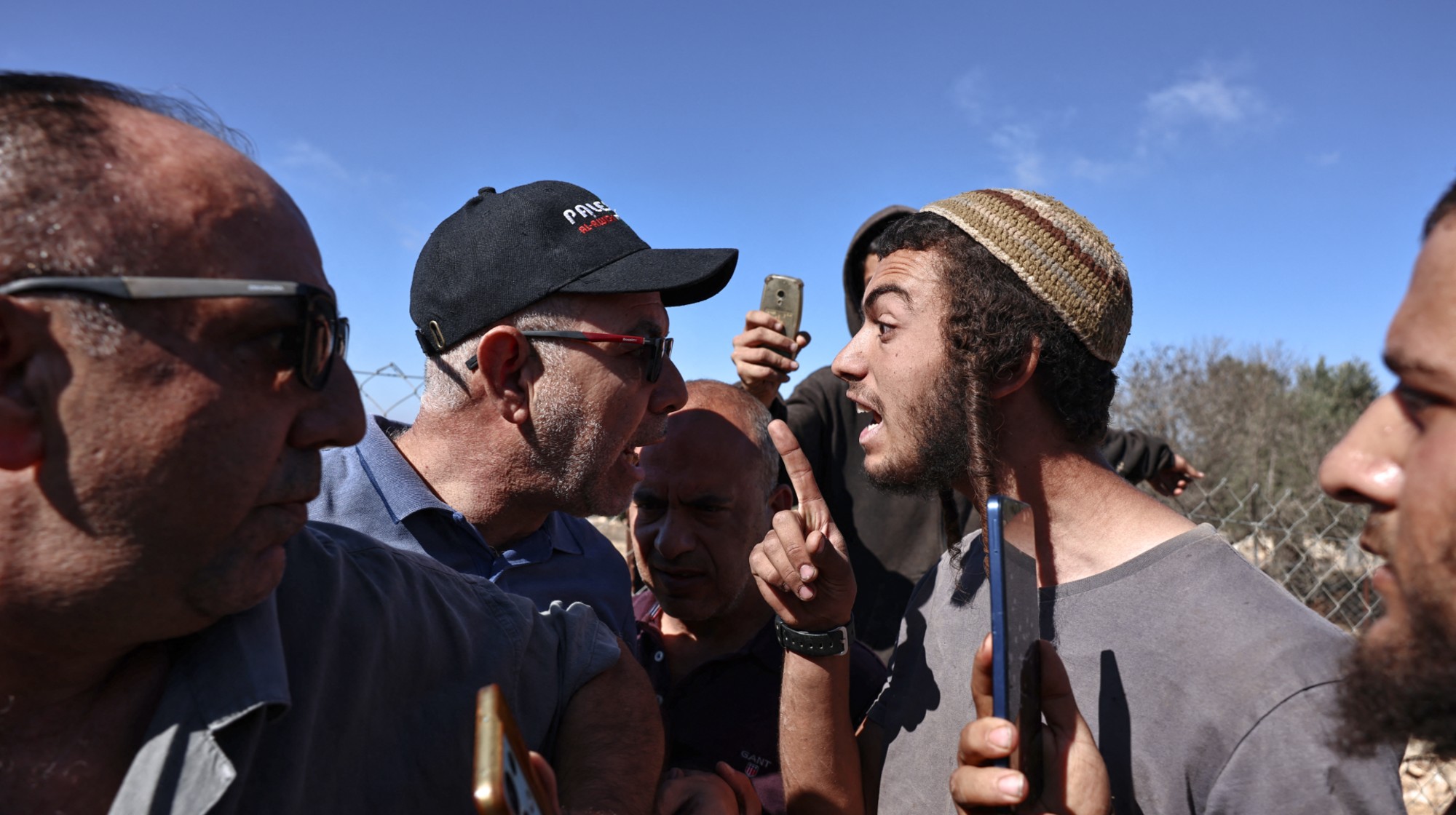 Israel jolted by ‘shocking’ settler violence
Israel jolted by ‘shocking’ settler violenceIN THE SPOTLIGHT A wave of brazen attacks on Palestinian communities in the West Bank has prompted a rare public outcry from Israeli officials